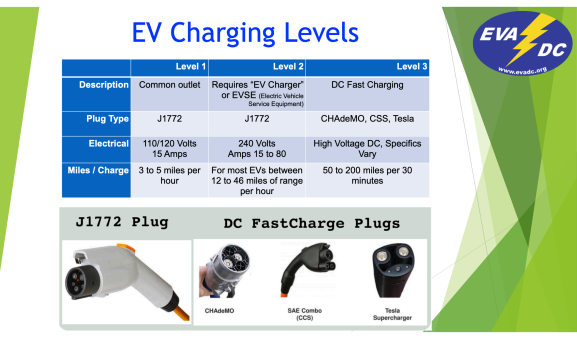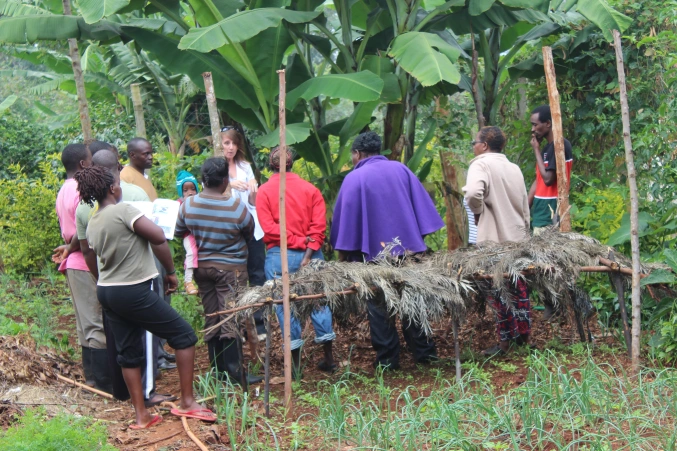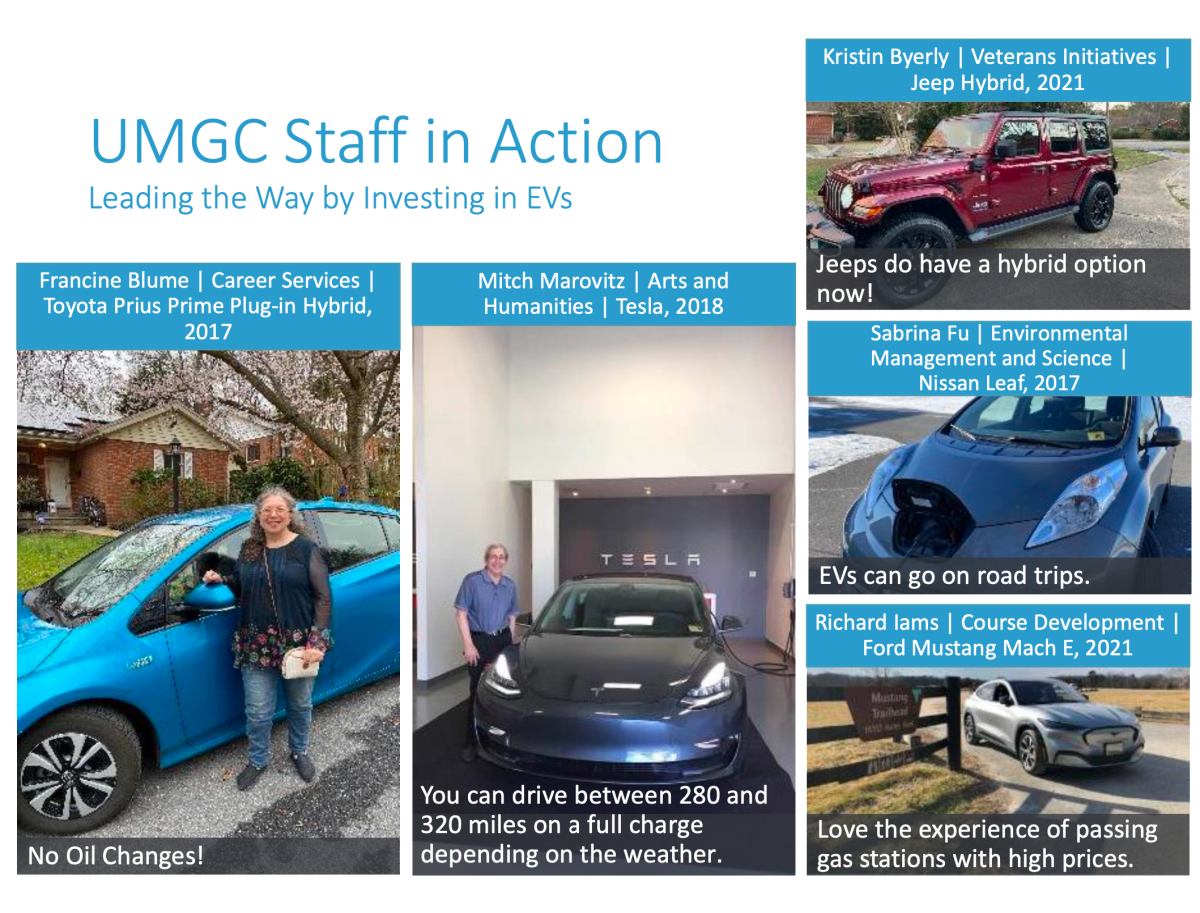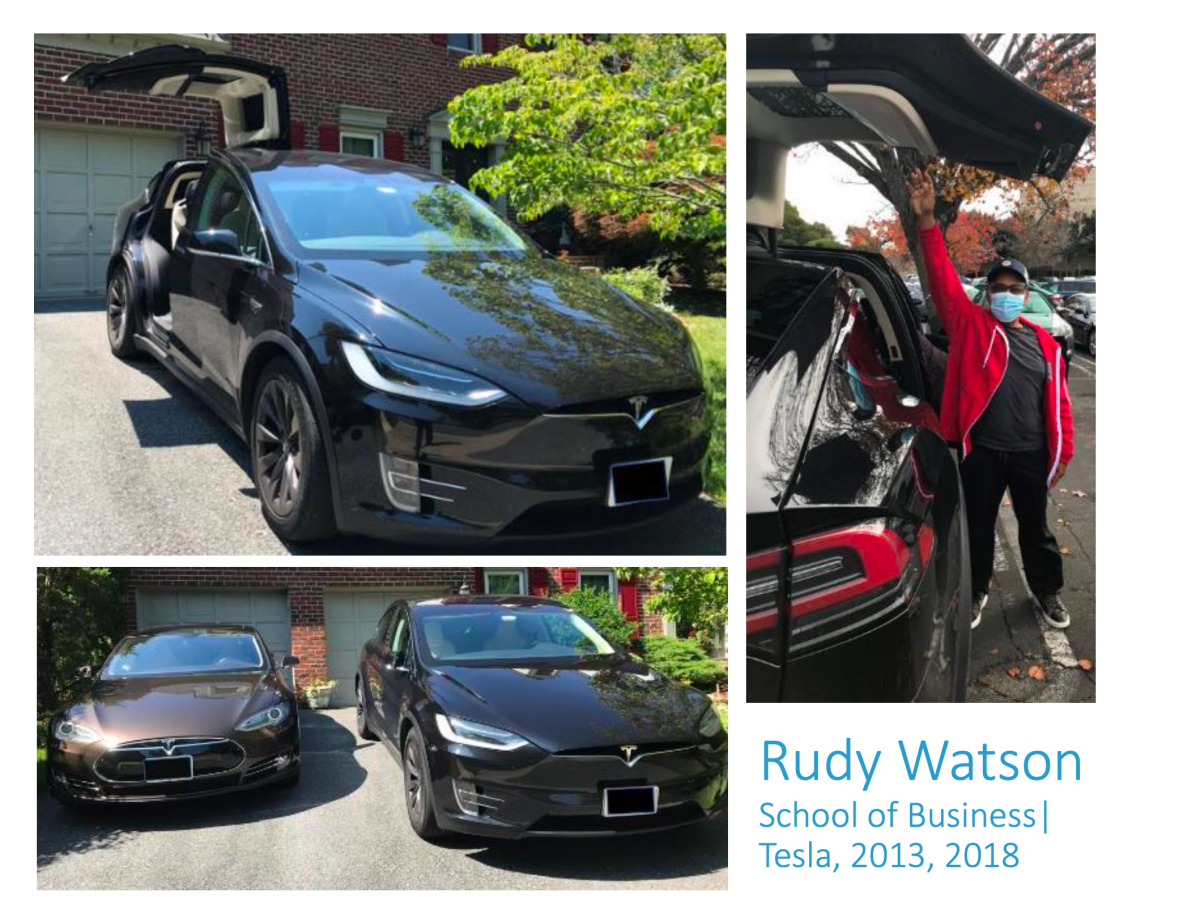UMGC Recognized for Environmentally Sustainable Practices

University of Maryland Global Campus (UMGC) is committed to making a difference in being more sustainable as a university across the globe.
The Maryland Department of General Services recently awarded UMGC an honorable mention for success in ramping up green purchases over the year. UMGC’s Office of Procurement and Business Affairs and Facilities tracked its purchases and compiled a report that showed its gains on the sustainability front.
“UMGC is committed to improving the environment by reducing our carbon footprint,” said UMGC Associate Vice President George Trujillo. “It’s a great honor to have our efforts recognized by the Department of General Services.”
The comprehensive report listed all green purchases in the following areas: construction and maintenance, janitorial supplies, lighting products, paints and coatings, and IT equipment.
UMGC last year was also named an All STAR (All State Agencies Recycle) organization thanks to its recycling rating of 70 percent. All STAR is the Maryland government agency recycling program.
While working inside its operations to lessen its impact on the planet, the university also reached outward with several awareness events in celebration of Earth Day 2022, the theme of which was “Invest in Our Planet.”
Earth Day: Our Planet, Our People
In a wide-ranging discussion, a UMGC event on the history of Earth Day looked at what has happened in the half-century since the U.S. Environmental Protection Agency (EPA) was established in tandem with four cornerstone laws aimed at protecting the environment.
“It is estimated that 45 million Americans are breathing air that is dirtier now than it was 50 years ago when the NEPA [National Environmental Policy Act] was passed,” said Theresa Martin, D.M., in a presentation for Earth Day: Our Planet, Our People. NEPA requires federal agencies to gauge the environmental impact of their projects and programs.
Martin’s comments came as part of UMGC’s Europe Earth Day webinar. Patricia Jameson, director of UMGC’s Overseas Diversity and Equity Programs, planned and coordinated the webinar.
Earth Day was established with bipartisan support in 1970 to raise awareness about air and water pollution after a massive oil spill. With the first Earth Day, the United States Environmental Protection Agency (EPA) was founded, and a quartet of environmental laws were enacted: NEPA, the Occupational Safety and Health Act (OSHA), the Clean Air Act, and the Endangered Species Act.
Overseas collegiate associate professor and faculty coordinator in Germany, Martin also discussed the Superfund, which was designed to clean up sites contaminated by hazardous materials. She used New York’s Love Canal as an example. The abandoned canal project from the 1940s, just off the Niagara River in the city of Niagara Falls, became a landfill for a chemical plant. After it was closed and sealed, the land was given to the city, and houses and a school were built. A few years later, many people became sick with unexplainable illnesses.
A state of emergency was declared in 1978 by President Jimmy Carter and funds were used to relocate the affected families. As a result of Love Canal and other toxic waste dumps, the Comprehensive Environmental Response, Compensation, and Liability Act (CERCLA), also known as the Superfund Act, was created.
“What the Superfund Act does is it allows Congress to give federal funds to clean up disasters. There’s a little bit more to it than that, but it establishes a fund that can clean up these natural disasters,” Martin said. “It also allows for short-term and long-term responses and tracking.”
As another example of the impact of human activity on the environment, Martin pointed to the Flint, Michigan, water crisis. A switch in drinking water sources in the city of Flint led to thousands of people drinking and using lead-contaminated water in their homes.
“An American city failed to provide basic protections to its citizens, and now the children of Flint have much higher than normal levels of lead in their blood,” Martin said.
Aida Lebbos, associate vice president of institutional strategic projects and compliance, also commented on the water crisis.
“What happened in Flint, Michigan, was a tragedy. It should not have happened,” she said.
The webinar concluded with comments from the audience.
Driving Electric: The Future Is Now
Ron Kaltenbaugh, president of the Electric Vehicle Association of Greater Washington D.C. (EVADC) looked into the history of electric vehicles, as well as the health and climate benefits of electric cars, during an Earth Day discussion coordinated by UMGC’s Office of Diversity and Equity and Office of Facilities Management.
In discussing the energy efficiency of electric vehicles (EVs), Kaltenbaugh noted that lower operating costs were also a benefit.
“This is especially true today with gasoline prices high and rising, and we can see that the electric fuel costs are much lower,” he said. “But it’s also a personal benefit with the lack of toxic fumes, the lower maintenance costs and the instant torque of the electric motor, which provides good acceleration.”
Kaltenbaugh explained to event participants the difference between a hybrid vehicle and two types of electric vehicles. Hybrid vehicles have a gasoline engine with a small battery pack that assists the gasoline engine for more fuel efficiency or better performance. Plug-in hybrid vehicles have a charger plug and a larger battery for 10 to 50 miles of electric-only range, he noted. All hybrids and electric vehicles extend their range by capturing energy when braking, which also reduces wear and tear on the brakes.
Kaltenbaugh also detailed the advantages of EVs powered solely by batteries.
“Here we’re starting to seriously get into being able to avoid gasoline usage and go on electric-only,” Kaltenbaugh explained. “And then we have battery only—no gas engine—that means no muffler and no spark plugs.”

photo provided by Ron Kaltenbaugh
In discussing ways to recharge electric cars, Kaltenbaugh noted that a standard outlet from a house provides enough energy per hour to enable a vehicle to drive three to five miles. However, EVs typically use a 240-volt circuit plug that offers more power per hour—enough to drive from 12 to 46 miles. After a half-hour charge with direct current (DC) fast-charging plugs, meanwhile, an EV can drive 50 to 200 miles.
The webinar ended with information on the federal tax credit available to EV owners. A tax credit as high as $7,500 is available for EVs with the credit-dependent upon battery size.
Investing in Our Planet—and Each Other—Workshop
The Investing in Our Planet—and Each Other gathering turned the tables to examine individuals’ connections to the environment and the guardian role people can play.
The discussion with breakout sessions was organized by Sabrina Fu, Ph.D., program director and collegiate professor of UMGC’s Environmental Science and Management Program. Fu is also the faculty director of the university’s Environmental Awareness Club, which has 517 members.
“We all want to be empowered to be part of solutions in the 21st century and need to work on critical thinking, communications and creativity,” Fu said. “Each of us has a unique connection to what brings us to care about the environment and why we want to invest in our planet and each other.”
The webinar conversation started with a few participants sharing photos that reminded them of Earth Day and helping the environment. For example, Suzanne Agan offered a photo that showed her leading a sustainable agriculture conference at an orphanage outside of Nairobi, Kenya. Agan is an adjunct assistant professor of environmental science and management at UMGC.

photo provided by Suzanne Agan
“When I think of Earth Day and how important it is to be sustainable, I think of getting people where they need to be. And that’s being sustainable by reducing poverty and increasing food security,” Agan said. “And it’s just such a pleasure to work with those people and to be able to equip others to be sustainable in their own place.”
Participants assigned to break-out groups were asked to answer four questions: Why is Earth Day important to you? What initially stimulated you to speak out about the need to protect or invest in our planet? And what inspires you to continue your activism or commit to additional activism? And how does this relate to investing in our Earth and each other?
Corey Creedon, adjunct instructor of environmental science and management, teaches courses on environmental policy and talked about why Earth Day was important to him.
“I think there’s kind of a neat aspect of Earth Day and other environmental holidays that draws public attention to the importance of the environment and how everything’s interconnected—and how we’re all living on this Earth together and our health and well-being are intertwined,” Creedon said.
One example from student Eric Morales, a senior public safety administration major, underscored the role climate change played this winter in Minnesota, which experienced 16 tornadoes for the first time in recorded history. Weather dramas like this motivate Morales to speak out about the need to protect the planet. Morales, who also has a minor in environmental management, is a retired U.S. Air Force aircraft maintenance craftsman.
Najila Ahsan’s passion for the planet stretches beyond Earth Day. She is a regular volunteer at the neighborhood Design Center in Hyattsville, Maryland. This summer Ahsan, a senior environmental management major, has an internship with the Montgomery County Department of Environmental Protection. Ahsan moderated one of the breakout sessions and helped Fu plan the webinar along with Nurgul Dzhorobaeva, an environmental management major, and environmental science management faculty including Suzanne Agan, Paulo Maurin and Rhonda McBride, all adjunct associate professors, and Morgan Bliss, collegiate professor.
“I think the webinar went really well and it was great meeting everyone,” Ahsan said. “I was impressed to see how engaged people were.”
Life on Earth Day
Another event, Life on Earth Day, was held at UMGC’s Asia location. Rick Martin, Ph.D., an overseas college professor in Camp Humphreys, South Korea, was the speaker.
“The presentation covered the history and accomplishments of Earth Day, while also describing how environmental degradation has continued since the first Earth Day events 52 years ago,” Martin said.
Participants were emboldened to think about ways to reduce their personal carbon footprint and discussed why most people have not yet made the changes needed.
“They were also encouraged to adopt the ethic that the Earth is our home and, as such, to be concerned about environmental damage no matter where in world it occurs,” Martin added.
At the conclusion of the event, participants were given compostable toothbrushes.
“The toothbrushes served as an example that making small lifestyle changes to help prevent damage to the environment is no more difficult than the already widely adopted habit of brushing your teeth to prevent tooth decay,” Martin said.



